RobotLAB Blog
Everything You Need To Know About Robotics in Businesses
Building Critical Thinkers by Combining STEM With History
 Photo by Andrew Neel on Unsplash
Photo by Andrew Neel on Unsplash
By asking students to explore the history of scientific discoveries, we get them to view their world with more wonder—and more skepticism—and condition their minds to think about causes and effects.
- 0 Comments
- Apr 15, 2021 10:00:00 AM
- Posted by Natalia Galvis
- Topics: Robotics, STEM, teachers, Coding, Robots,, students, Edchat, teaching, online, distance learning, collaboration
How AI is revolutionizing education
By Hosni Zaouali, CEO & Chief Innovation Designer, Tech-AdaptiKa
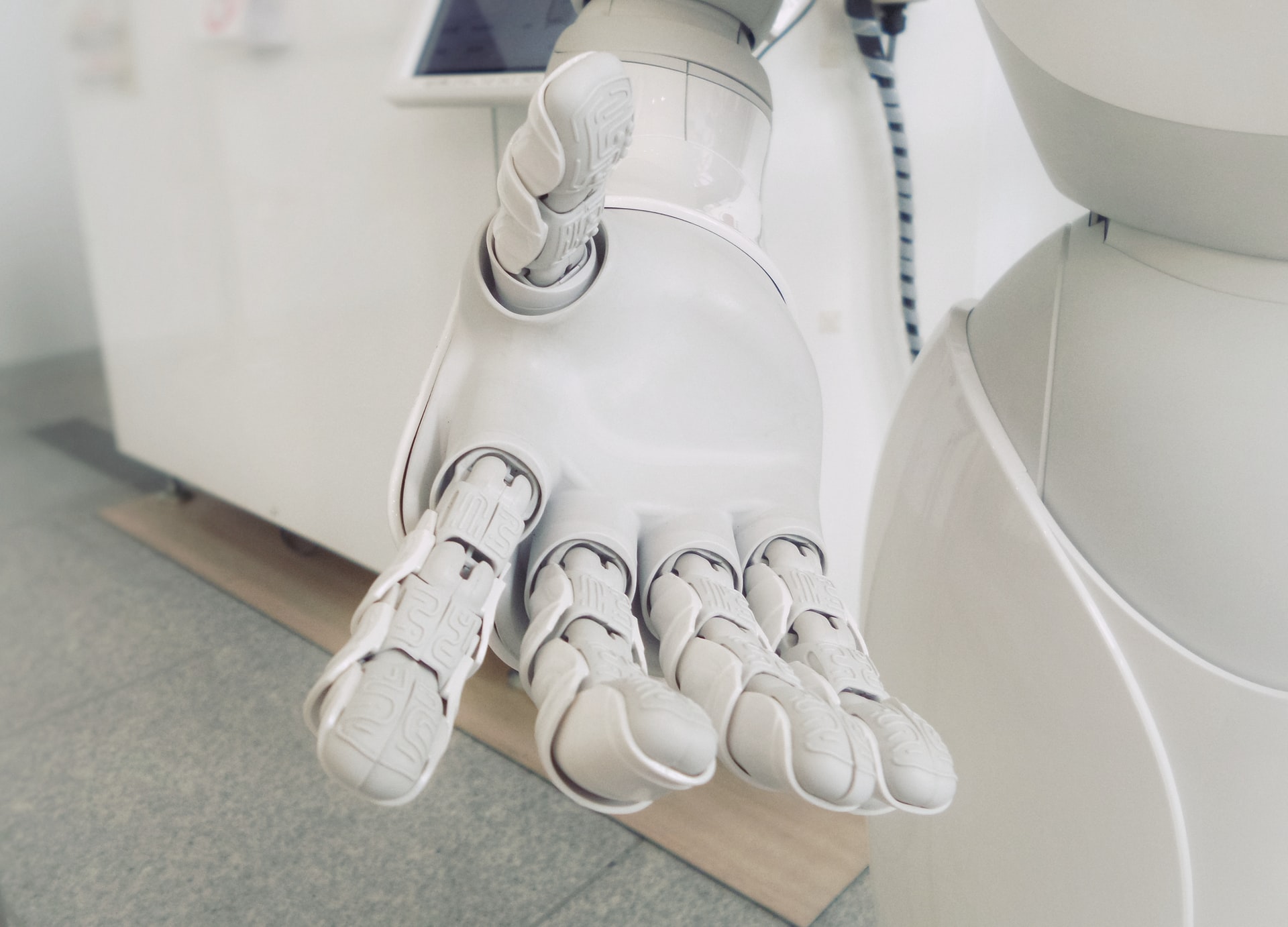 Photo by Possessed Photography on Unsplash
Photo by Possessed Photography on Unsplash
AI has incredible potential, but it will work best when the human element remains
- 0 Comments
- Apr 14, 2021 10:00:00 AM
- Posted by Natalia Galvis
- Topics: Robotics, STEM, teachers, Coding, Robots,, students, Edchat, teaching, online, distance learning, collaboration
How Robots Can Make Teachers' Job Easier
By Gregory Chapman
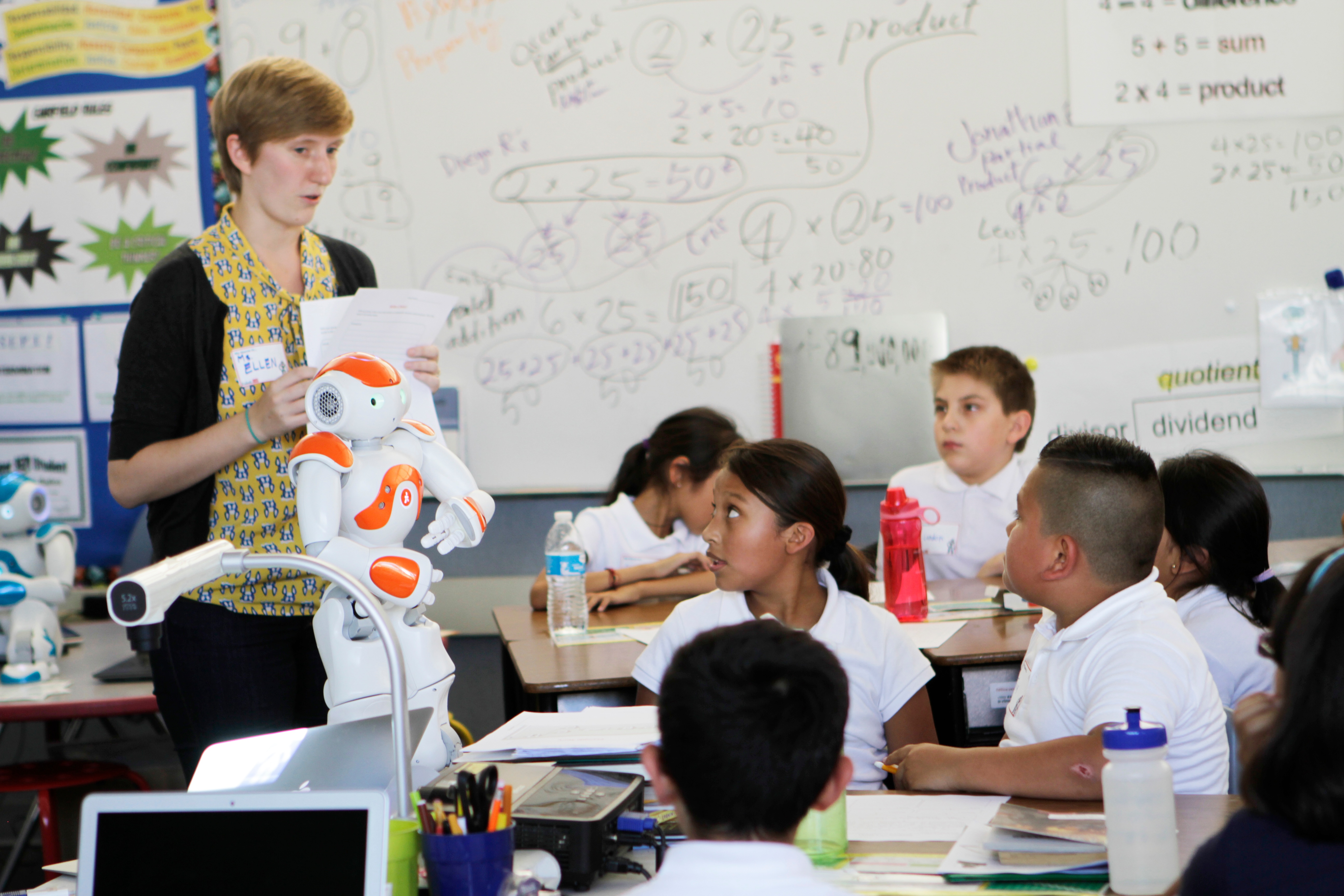
Finding robots in the modern workplace and around the household is common. It assists humans with different tasks. The continuous growth of robotics technology, adaptability, and adoption in the modern world, will make more jobs easier.
Artificial intelligence-powered robots are already used for manufacturing, internet search engines, military combat, and rescue missions. They are taking a lot of human jobs lost to the pandemic at an alarming rate and will take more.
One sector that has largely not felt the threat of robots replacing humans is education. But there is a growing use of robots in educating kindergarten and elementary students. The question is, "When should teachers start feeling threatened by robotics in education"?
This article will take a cursory look at the pros and cons of robotics in education. And also how robots can make teachers' jobs easier.
- 0 Comments
- Apr 12, 2021 10:00:00 AM
- Posted by Natalia Galvis
- Topics: Robotics, STEM, teachers, Coding, Robots,, students, Edchat, teaching, online, distance learning, collaboration
10 trends and predictions for STEM education
STEM education is headed for some interesting changes-and those trends and changes will impact classrooms across the nation.
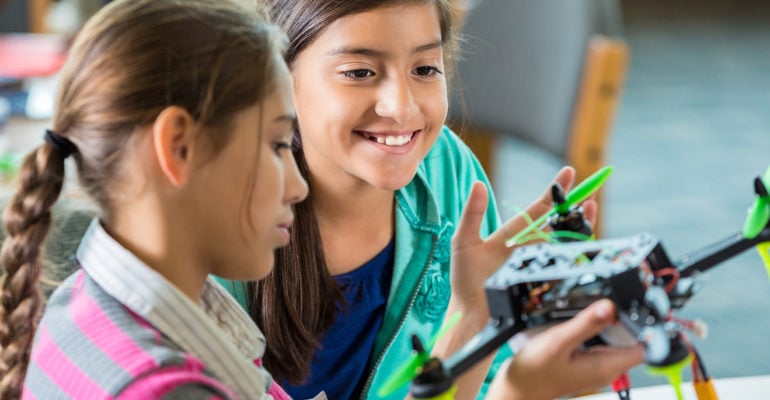
- 0 Comments
- Aug 26, 2020 10:00:00 AM
- Posted by Natalia Galvis
- Topics: STEM, students, Technology, Edchat, online, lessons, collaboration
Online Classroom Management: 4 tips for teachers
Combining in-person and online learning changes more than your teaching style.
While teaching remains at the core of an educator’s mission, a significant amount of time is spent managing day-to-day activities and maintaining your rapport with students and co-workers.

Reducing the time you spend together changes the way you manage the classroom and takes away some of your strategies to communicate and build relationships, but also gives you new ones to explore.
Let’s have a look at some useful tips for teachers to manage their online classroom.
- 1 Comments
- Aug 25, 2020 10:00:00 AM
- Posted by Natalia Galvis
- Topics: Robotics, STEM, Robots,, students, Technology, Edchat, online, covid19, lessons, collaboration, returning to school
Keys to Success in Distance Learning
Educators from around the country shared their advice about making remote instruction work for middle and high school students.
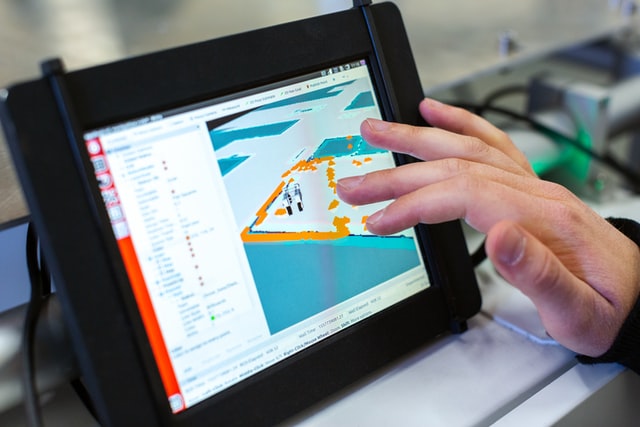
- 0 Comments
- Aug 24, 2020 10:00:00 AM
- Posted by Natalia Galvis
- Topics: Robotics, STEM, Robots,, students, Technology, Edchat, coronavirus, covid19, lessons, collaboration, returning to school
Does Using Fever Detection Technology In School Stop the Spread of COVID-19?
Given the geometric progression in which Covid-19 spreads, it is important to contain it right at the root. This is exactly why it becomes important to use fever detection technology in schools extensively. Schools all over the world are working out a protocol to ensure proper detection and effective control of the situation.
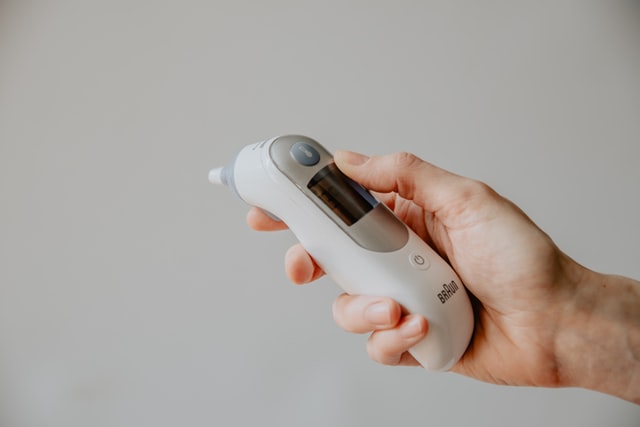 Photo by Kelly Sikkema on Unsplash
Photo by Kelly Sikkema on Unsplash
Here is a quick look at how fever detection technology enables schools to address the problem conclusively and helps make it significantly safer for children during the Covid-19 crisis.
- 0 Comments
- Aug 21, 2020 10:00:00 AM
- Posted by Natalia Galvis
- Topics: Robotics, STEM, Robots,, students, Technology, Edchat, coronavirus, covid19, lessons, collaboration, returning to school
A 2021 Definition of EdTech
Edtech allows for one learner or five million to learn, anywhere on earth, and to take the same classes as each other. 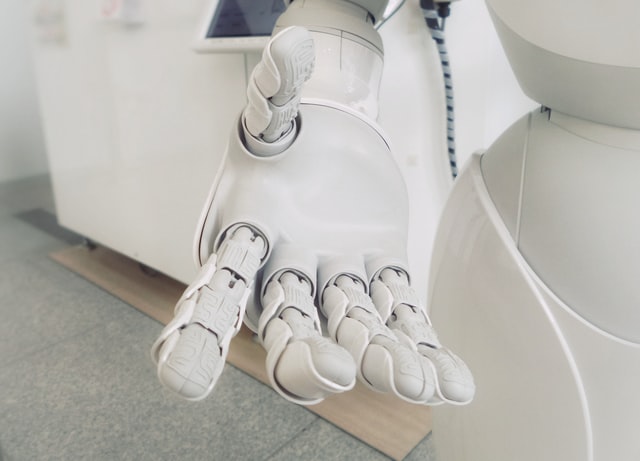 Photo by Franck V. on Unsplash
Photo by Franck V. on Unsplash
- 0 Comments
- Aug 5, 2020 10:00:00 AM
- Posted by Natalia Galvis
- Topics: Robotics, STEM, Robots,, students, Technology, Edchat, coronavirus, covid19, lessons, collaboration, returning to school
DOBOT Robotic Arm in the US
Check these DOBOT news wrap-up! and learn how this STEAM classroom solution has been implemented in the U.S
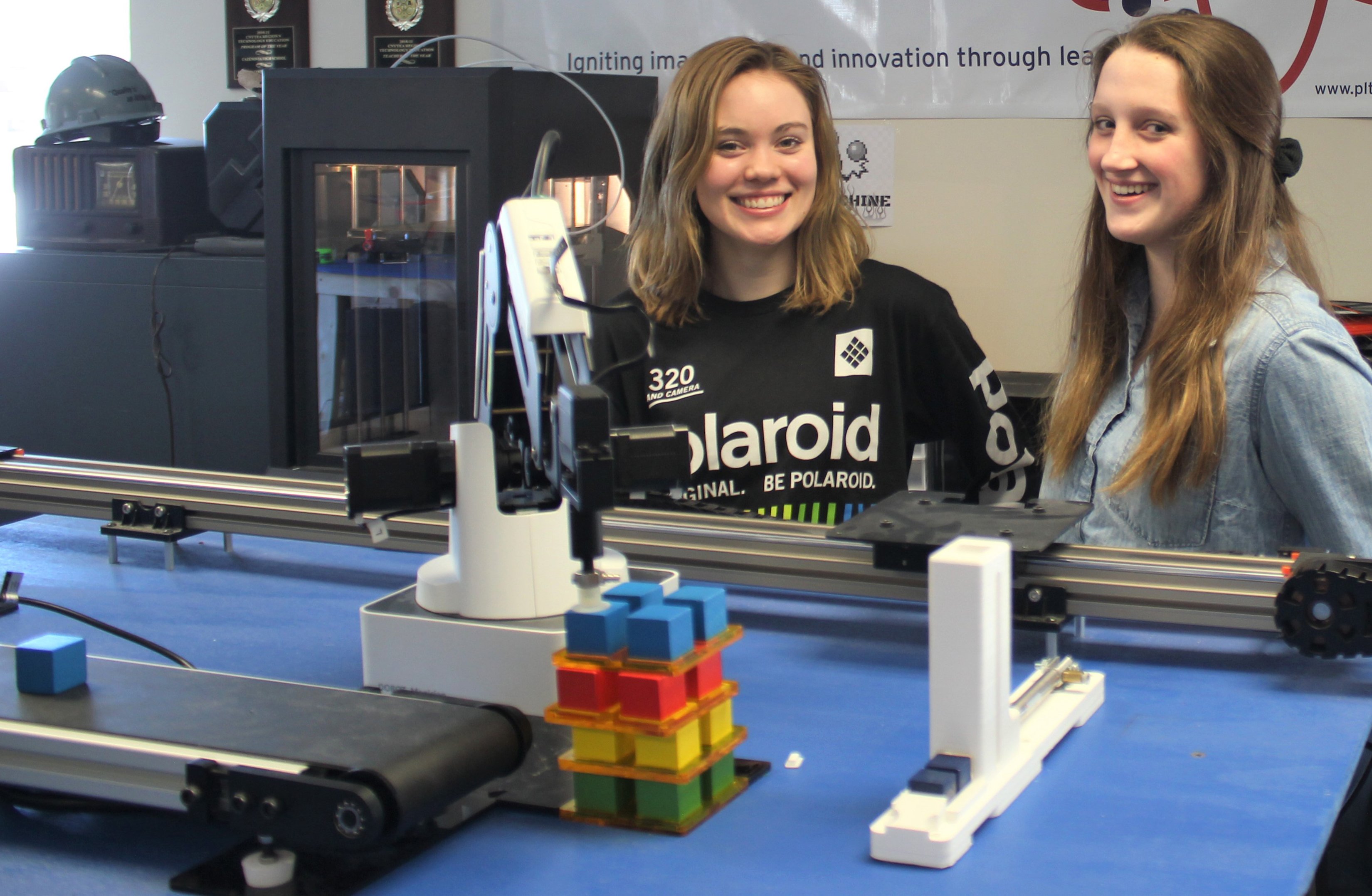
- 0 Comments
- Aug 4, 2020 10:00:00 AM
- Posted by Natalia Galvis
- Topics: Robotics, STEM, Robots,, students, Technology, Dobot Robotic Arm, Edchat, coronavirus, lessons, collaboration
Return to School During COVID-19
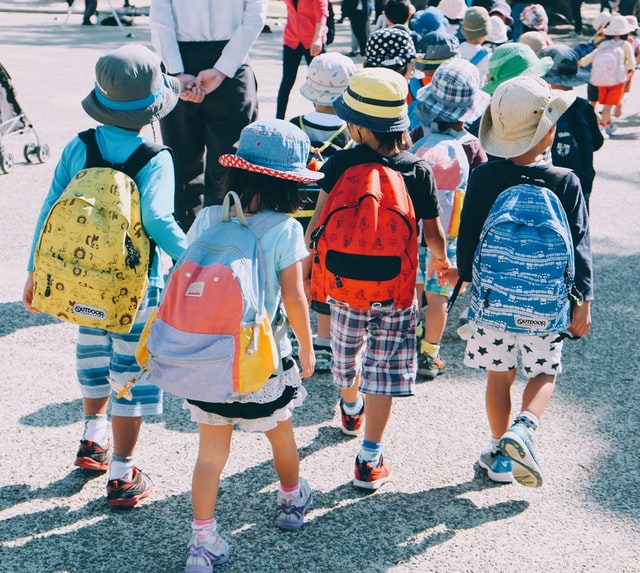 Photo by note thanun on Unsplash
Photo by note thanun on Unsplash
A big question parents have right now is how students can go back to school safely during COVID-19. The latest American Academy of Pediatrics (AAP) advice says children learn best when they are in school. However, returning to school in person needs careful steps in place to keep students and staff safe.
- 0 Comments
- Aug 3, 2020 10:00:00 AM
- Posted by Natalia Galvis
- Topics: Robotics, STEM, Robots,, students, Technology, Edchat, coronavirus, covid19, lessons, collaboration, returning to school
Relevant Posts
- Augmented Reality: A Tool for Teaching Students Robot Programming
- Fostering Innovation Through Youth Education in STEM and EdTech
- How Parents Can Foster STEM Learning Beyond the Classroom
- How Robotics Cultivates a Deep Understanding of Mathematics in Students
- RobotLAB Receives EDTech Chronicle 2023 ‘BESTIE’ Award for Landmark Partnership with American Samoa Dept. of Education.
Subscribe to Email Updates
-
I Want To Learn MoreADDITIONAL INFORMATION
